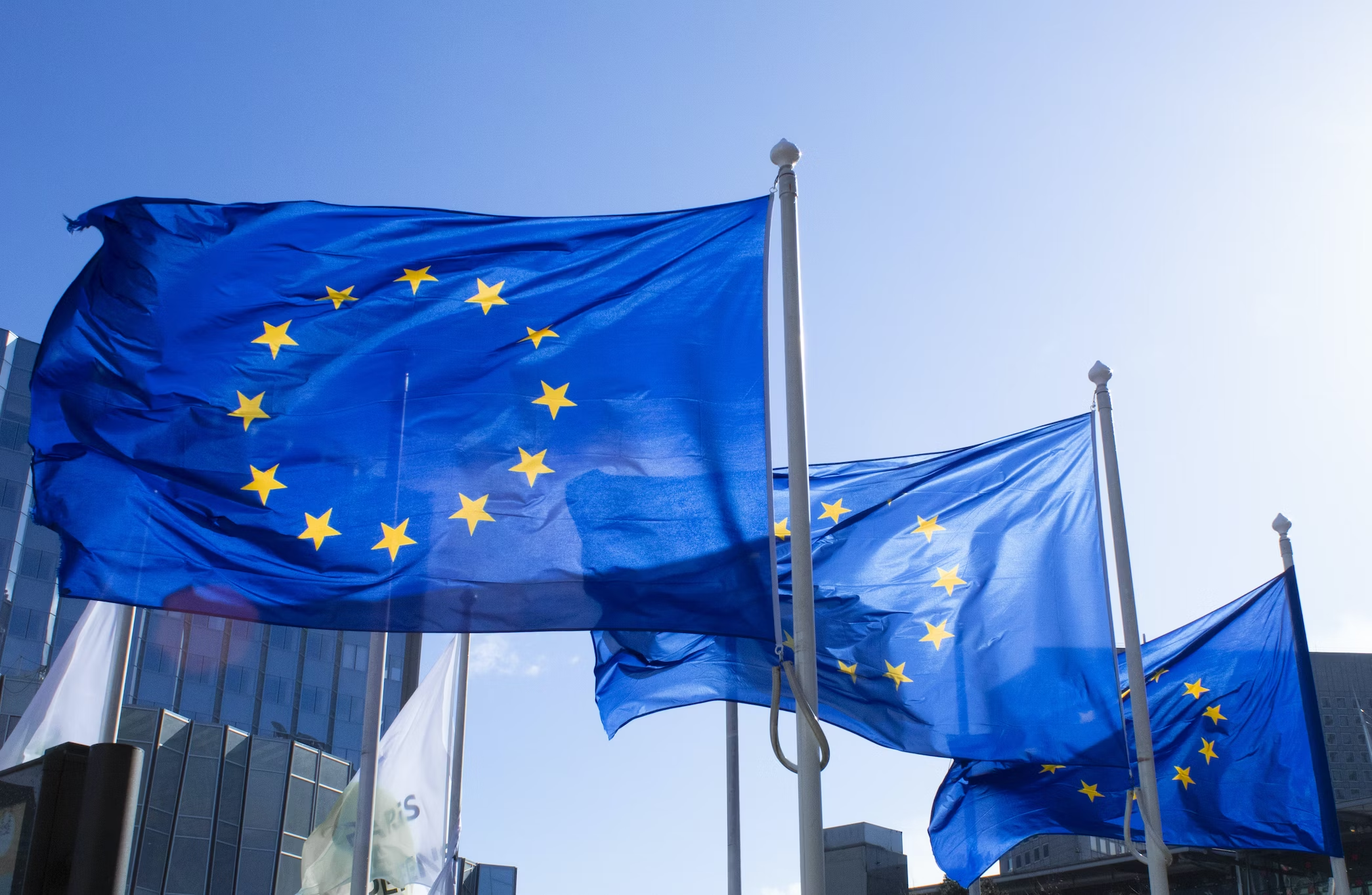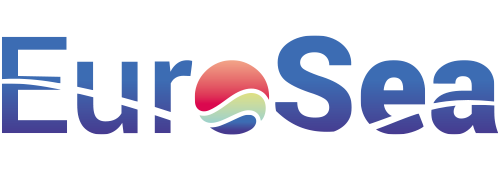
Description
In an evolving era of oceanographic research and environmental monitoring, the decision to incorporate stakeholder dialogues directly into the development and mapping of Essential Ocean Variables (EOVs) represents a forward-thinking and holistic approach. By inviting diverse stakeholders into the conversation, the process not only captures a more comprehensive understanding of the ocean’s dynamic nature but also ensures that the indicators and EOV mappings are both robust and actionable. Moreover, EuroSea’s alignment with major global initiatives such as GOOS, GCOS, and G7 FSOI amplifies the project’s relevance, ensuring its outcomes reverberate on a global stage.
Impact During the Project
Initiating direct meetings with DGs to understand their priorities signifies a proactive approach in aligning the objectives of EOOS and GOOS with the broader priorities of the EU. This direct communication channel aids in creating a shared vision and offers insights to help streamline efforts.
Measures: The depth and breadth of understanding EU priorities within the context of EOOS indicates how effectively these priorities are being incorporated into EOOS strategies and actions.
The number of DGs actively participating in EOOS governance reflects the level of interest, commitment, and integration of EU priorities into ocean observing efforts.
Impact Post Project
The active involvement of DGs in using the EOOS framework to discuss EU priorities in ocean observing with national systems highlights the practical applicability and influence of EOOS in shaping EU policies and strategies related to ocean observations.
Measures: The support and engagement level of EU DGs in EOOS, post-project, serves as an indicator of the ongoing relevance and efficacy of the EOOS framework in addressing EU priorities.
Advancement over and above State of the Art
Direct Communication: Instead of relying on second-hand information or broader policy documents, EOOS takes a direct approach by engaging with DGs. This direct interaction ensures a clearer understanding of the EU’s priorities and establishes EOOS as a key stakeholder in the ocean observing landscape.
Enhanced Alignment: By linking EOOS and GOOS to the EU’s priorities, there is an advancement towards ensuring that the initiatives and efforts are not only technically robust but also politically and strategically relevant, ensuring a more harmonized approach to ocean observation.
Increased Engagement: The active participation of various DGs in EOOS governance signifies the growing importance of ocean observation in the broader EU policy framework. The involvement of multiple DGs underscores the interdisciplinary nature of ocean observing and its relevance to various sectors and policy areas.
Framework Utilization: Post-project, the use of the EOOS framework by DGs to discuss EU priorities indicates that EOOS isn’t just a theoretical or academic construct but has practical applications and utility in real-world policy discussions.
Sustained Support: Continued support and engagement from EU DGs post-project demonstrates the sustained relevance and influence of EOOS in the European ocean observing landscape.
In summary, the direct engagement with DGs, the alignment of efforts with EU priorities, the active participation of DGs in EOOS governance, and the practical application of the EOOS framework for policy discussions mark a significant advancement over traditional approaches. This strategic alignment ensures that ocean observing efforts are not only scientifically rigorous but also aligned with broader EU policy goals, bridging the gap between science, policy, and governance.
Links and References
Link to D9.1 – Action Progress Report #1: https://eurosea.eu/download/eurosea_d9-1_action_progress_report_no1/?wpdmdl=5620&refresh=650197cd79a6f1694603213
Link to D9.2 – Action Progress Report #2: https://eurosea.eu/download/eurosea_d9-2_action_progress_report_no2/?wpdmdl=5622&refresh=650197cd9f4141694603213
